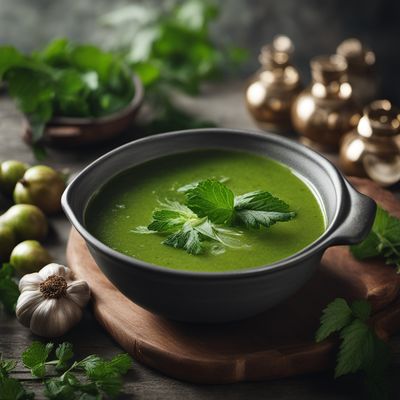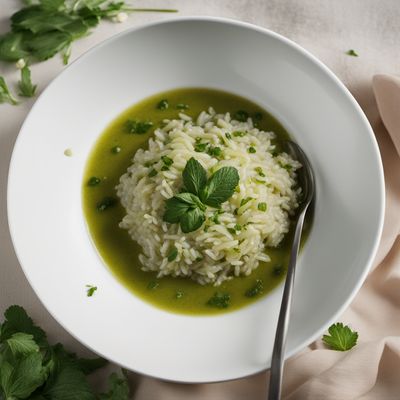
Ingredient
Nettle roots
The Hidden Gem: Nettle Roots
Nettle roots have a woody texture and a slightly bitter, earthy taste. They are often dried and ground into a powder or used to make herbal infusions. The roots are rich in nutrients and bioactive compounds, including vitamins, minerals, and antioxidants. When cooked, nettle roots soften and develop a more mellow flavor.
Origins and history
Nettle roots have a long history of use in traditional medicine and culinary practices. They have been used in various cultures around the world for their potential health benefits, including as a diuretic, anti-inflammatory, and immune-boosting agent. Nettle roots have also been used in traditional dishes and herbal remedies for their unique flavor and nutritional properties.
Nutritional information
Nettle roots are a good source of vitamins A, C, and K, as well as minerals like calcium, iron, and magnesium. They also contain bioactive compounds, such as flavonoids and phenolic acids, which have antioxidant and anti-inflammatory properties. Additionally, nettle roots are low in calories and carbohydrates, making them a nutritious addition to a balanced diet.
Allergens
Nettle roots may cause allergic reactions in some individuals, particularly those who are allergic to plants in the Urticaceae family, such as nettle leaves. It is advisable to exercise caution and consult a healthcare professional if you have known allergies or sensitivities.
How to select
When selecting nettle roots, look for fresh or dried roots that are firm and free from mold or signs of decay. If purchasing fresh nettle roots, choose ones that are plump and have a vibrant color. For dried nettle roots, ensure they are stored in airtight packaging to maintain their quality and potency.
Storage recommendations
To maintain the freshness and quality of nettle roots, store them in a cool, dark place, such as a pantry or cellar. Keep them in a breathable container or paper bag to prevent moisture buildup. Properly stored nettle roots can last for several months.
How to produce
Nettle plants can be grown at home by planting nettle seeds or transplanting young nettle plants into well-draining soil. They prefer partial shade and regular watering. Harvest the roots in the fall or early spring when the plant is dormant. Carefully dig up the roots, wash them thoroughly, and dry them in a well-ventilated area before use.
Preparation tips
Nettle roots can be used in various culinary preparations. They can be boiled and mashed, added to soups and stews, or used as a flavoring agent in herbal infusions. Nettle root powder can be incorporated into baked goods, smoothies, or sprinkled over dishes as a seasoning. It is important to cook nettle roots thoroughly to remove any potential stinging hairs or irritants.
Substitutions
Dandelion roots, burdock roots, or chicory roots can be used as substitutes for nettle roots. They offer similar earthy flavors and can be used in culinary applications or herbal remedies.
Culinary uses
Nettle roots are commonly used in traditional dishes and herbal remedies in many cultures. They are often incorporated into soups, teas, and traditional medicinal preparations. Nettle root infusions are popular for their potential diuretic and detoxifying properties.
Availability
Nettle roots are commonly available in regions with temperate climates, including Europe, Asia, and North America. They can be found in specialty grocery stores, health food stores, or herbal shops that carry a variety of medicinal herbs and ingredients.





